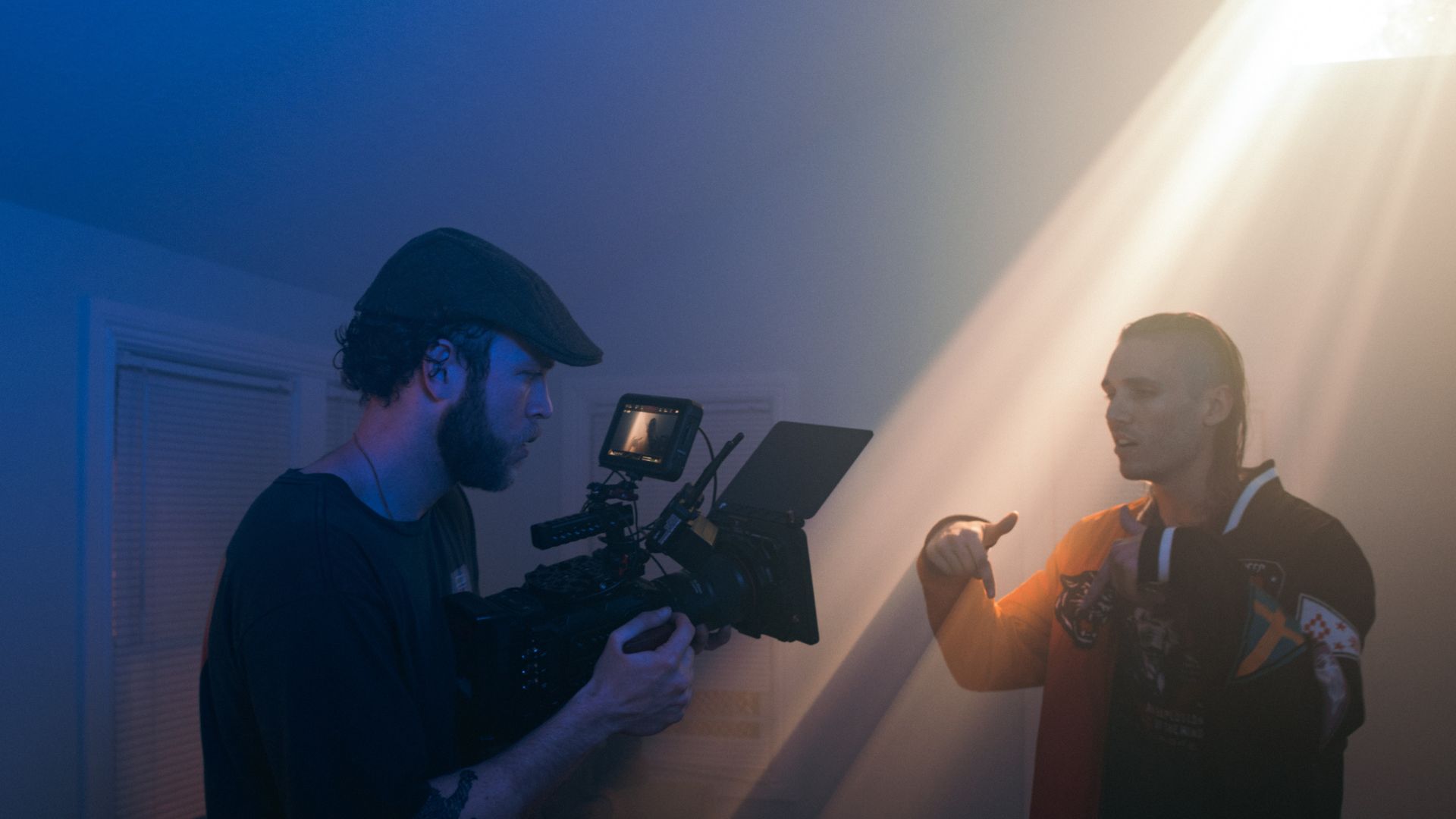Movie franchises have become the backbone of Hollywood’s modern entertainment landscape, with some films and series achieving iconic status and lasting cultural significance. Franchises like Star Wars, Harry Potter, and the Marvel Cinematic Universe (MCU) are no longer just a collection of movies—they’re global phenomena. These franchises transcend the big screen, influencing merchandise, TV shows, theme parks, and even social culture. But what makes a successful movie franchise? How do some films grow into multi-billion-dollar behemoths while others fizzle out after one or two installments?
In this article, we’ll take a look at the key ingredients that contribute to building a successful movie franchise, drawing lessons from some of Hollywood’s most iconic examples:
- Building a strong foundation: The importance of a compelling first film
- Expanding the universe: How franchises grow
- Maintaining quality and fan engagement
- The future of movie franchises

Building a strong foundation: The importance of a compelling first film
A successful movie franchise often begins with a singular, compelling film that lays the foundation for everything that follows. The first film is the critical building block, establishing the world, the characters, and the tone of the franchise. If the first movie doesn’t resonate with audiences, the entire franchise is at risk of stalling before it even begins.
Take Star Wars (1977), for example. When George Lucas first released A New Hope, he had no idea that it would spark one of the biggest movie franchises of all time. The film’s success was built on a unique blend of thrilling space adventure, unforgettable characters, and universal themes of good versus evil. Its special effects were groundbreaking, and the characters—Luke Skywalker, Princess Leia, Han Solo, and Darth Vader—became instantly iconic. But more than just the spectacle, it was the storytelling that made Star Wars endure. The film’s mythic structure and relatable characters drew audiences in and laid the groundwork for sequels and spin-offs.
Similarly, the Harry Potter series began with Harry Potter and the Philosopher’s Stone (2001), which introduced the world to a young wizard and his friends in the magical realm of Hogwarts. The film was a huge success, thanks to the source material’s global popularity, strong performances, and a well-established magical world. The movie’s ability to capture the heart and imagination of its audience created a foundation on which eight films would later be built, with each installment exploring new themes and evolving characters.
The success of these first films demonstrates the importance of creating a world that audiences want to return to. Establishing a solid narrative structure and well-developed characters is the first step in creating a long-lasting franchise. If the first film is compelling and leaves viewers eager for more, the path is set for future growth.
Expanding the universe: How franchises grow
Once the foundation is laid, the next step is expanding the universe. This is where franchises can get creative, adding sequels, spin-offs, and interconnected stories that allow the world to grow in exciting ways. Expanding the universe keeps the franchise fresh, offering new perspectives and experiences for fans while maintaining the core elements that made the original film successful.
A prime example of this is the Marvel Cinematic Universe (MCU), which has become a model for interconnected storytelling. The MCU started with Iron Man (2008), but it quickly grew to encompass multiple superheroes, storylines, and films that were all part of the same shared universe. What makes the MCU special is its ability to weave individual characters and films into a larger narrative arc. Each film and show adds new layers to the overall storyline, making the franchise feel like a living, evolving world that grows with its audience. The interconnected nature of the MCU has made it possible for characters to appear in each other’s films, creating crossover moments that delight fans and build anticipation for future installments.
The Fast & Furious franchise also exemplifies how a series can grow with sequels and spin-offs. Initially, the franchise focused on street racing, but as it progressed, it expanded to include heists, global adventures, and even a shift towards over-the-top action and family dynamics. Each film in the series introduces new characters, new settings, and new themes, while still keeping the focus on the core elements that made the first film a success: fast cars, action-packed sequences, and a focus on loyalty and family.
Franchises that expand successfully often do so by staying true to the essence of the original while introducing new ideas that push the narrative forward and keep things fresh for audiences.

“A great movie franchise isn’t just about sequels—it’s about building a world and characters that evolve, stay fresh, and make audiences want to return time and time again.”
Maintaining quality and fan engagement
One of the biggest challenges in creating a successful movie franchise is maintaining quality while continuing to grow and expand. As franchises grow, it can be difficult to keep the audience engaged and ensure that the quality of the films doesn’t slip. Sequels, spin-offs, and reboots risk falling into repetitive or formulaic territory, which can quickly cause fan interest to wane.
Take the Pirates of the Caribbean series as an example. The first film, The Curse of the Black Pearl (2003), was a huge success, blending action, adventure, and humour in a fresh and exciting way. However, as the series continued with multiple sequels, fans began to feel that the magic of the original was fading. While the franchise still made money at the box office, the critical reception became less favourable with each new installment.
One of the ways to avoid this is by keeping the story and characters evolving. Both the Harry Potter and The Dark Knight trilogies demonstrate how to maintain engagement by continuing to develop characters, themes, and plotlines. With The Dark Knight (2008), Christopher Nolan took Batman in a darker, more grounded direction, and the film’s success was partly due to how it expanded the character’s arc while maintaining quality. For Harry Potter, the characters grew alongside the audience, transitioning from young students to young adults, and each film matured in tone and complexity to reflect this.
The future of movie franchises
The future of movie franchises is bright, as audiences continue to crave more connected, immersive worlds. The rise of streaming services has made it easier for franchises to expand beyond the big screen and into TV series, web content, and even video games, which all contribute to the franchise’s broader universe.
Let’s recap our article on how to make a successful franchise:
- Successful franchises begin with a compelling first film that establishes a relatable world, memorable characters, and a solid narrative, setting the stage for future films.
- Franchises grow with sequels, spin-offs, and interconnected stories, allowing the universe to evolve while staying true to the original themes (e.g., MCU, Fast & Furious).
- The success of franchises like the MCU demonstrates how interconnected films and TV shows can build anticipation, enrich the story, and keep fans engaged over multiple installments.
- Continuously maintaining high quality while expanding a franchise is challenging but essential. Repetitive or formulaic storytelling can cause audience interest to decline, as seen in the Pirates of the Caribbean series.
- Keeping characters and themes evolving with the audience is crucial to maintaining engagement. Films like The Dark Knight and Harry Potter showed how maturing narratives can keep the franchise relevant.
- With the rise of streaming services and global media, movie franchises will continue to expand into TV shows, video games, and more, offering immersive experiences and interconnected storytelling for audiences.
What makes a movie franchise truly successful in Hollywood isn’t just about making money or creating sequels—it’s about creating a world and characters that audiences want to return to time and time again. A great franchise has the ability to evolve, stay fresh, and maintain quality while expanding into new territories. As the landscape of film and entertainment continues to change, those who master the art of world-building, storytelling, and character development will continue to capture the hearts of audiences and ensure their place in cinematic history.








